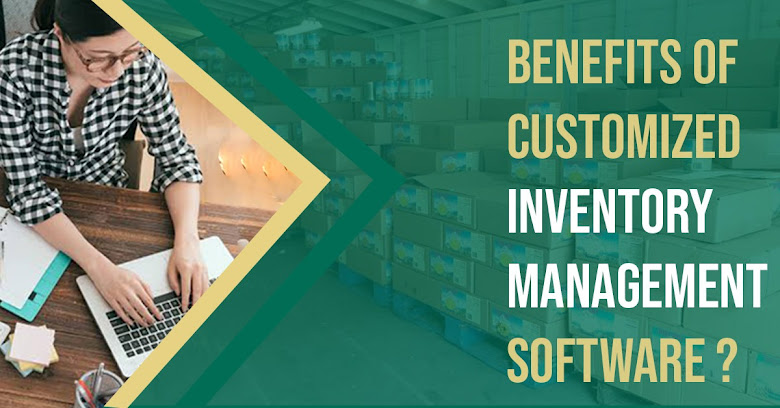How A Small Business Can Manage Inventories Easily
Inventory management gives businesses the edge they require, especially if they are a wholesaler or retailer of products. Previously, deploying software for inventory management was only possible for well-established businesses. However, technology has now developed to the point where inventory management solutions are more reachable.
What is Inventory Management?
Inventory management is the process of maintaining and tracking stock. The objective is to hold as little stock as possible without suffering from a stock-out. This is because excess inventory would mean money is being tied-up in the inventory which could be used elsewhere. However, this is a general rule and may not be applicable on all items. You must understand the nature of your products and determine their price sensitivity, production, import, and so on to accurately assess what inventory level works best for your business.
For example: If you are a retailer of perishable items like fruits and dairy items then you would need to strictly manage your inventory. Whereas, for a wholesaler of phones, the same degree of inventory management might not be applicable.
Best Practices for Inventory Management
Following are some of the key factors that need to be considered:
- ABC Analysis: The ABC analysis is done to categorize items in terms of their sales. It is quite similar to the Pareto rule or 80/20 rule where we consider that 20% of our total products make up 80% of the revenue. Hence, it would be a good idea to start by highlighting which items require more of your attention.
- XYZ Analysis: The XYZ analysis categorizes inventory items by the variation in demand. Products with the least variation will be categorized as X and so on for the rest of the items. Items categorized as Z will have the highest variability.
- FIFO: First in first out is an inventory management practice that requires businesses to stock the latest items at the back so that the older items (or ones that were purchased before) can be sold first.
- Remove Redundant Tasks: Processes need to be improved constantly so that bottlenecks and redundancies can be removed. This would include product testing and repairs.
- Forecasting: Use the data from your previous sales to create a projection. This will identify the future demand and tell us which products need to be restocked and their quantities.
- Serialization: Products that have unique serial codes can help in synchronization of inventory. Because each product code is unique, it can be stored without duplication. On top of that, data can be retrieved through barcode or QR code scanners.
Serialized Inventory Management Software
Cloud-based software exist that help small businesses serialize the inventory of their products. Through these cost-effective systems, small businesses can benefit a lot.
All of the best practices mentioned above can be implemented efficiently because some great serialization inventory management software already contain modules that provide real-time inventory tracking, customized reports for each item, and customized processes for processing purchased items and their sales.




Comments
Post a Comment